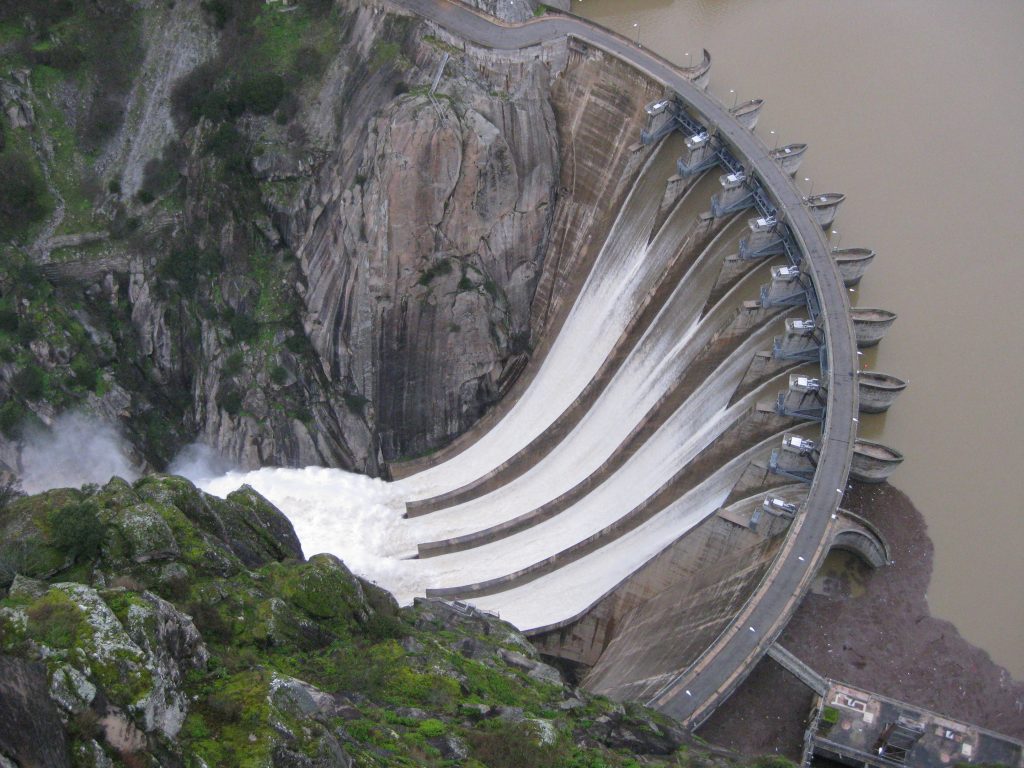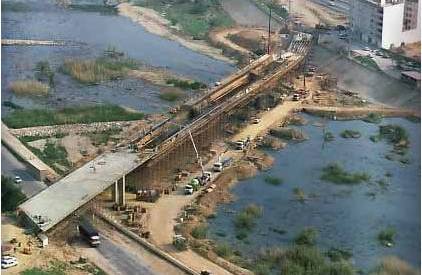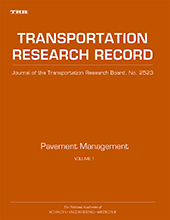High visibility: indexed by the Science Citation Index Expanded, the Social Sciences Citation Index (Web of Science) and other databases. Impact Factor: 1.343 (2015)
Special Issue “Sustainable Construction”
A special issue of Sustainability (ISSN 2071-1050). This special issue belongs to the section “Sustainable Engineering and Science“.
Deadline for manuscript submissions: 30 November 2017
Special Issue Editors
|
Guest Editor Prof. Dr. Víctor Yepes
Concrete Science and Technology Institute (ICITECH), Department of Construction Engineering and Civil Engineering Projects, Universitat Politècnica de València Valencia, Spain
Interests: multi-objective optimization; life-cycle assessment; decision-making; sustainability; concrete structures; CO2 emissions; construction management |
|
|
Guest Editor Dr. Tatiana García-Segura
Concrete Science and Technology Institute (ICITECH), Department of Construction Engineering and Civil Engineering Projects, Universitat Politècnica de València Valencia, Spain
Interests: multi-objective optimization; durability; safety; sustainability; post-tensioned bridges; maintenance; blended cement; recycled concrete |
Special Issue Information
Dear Colleagues,
This “Sustainable Construction” Special Issue comprises selected papers for Sustainability. Construction is one of the main sectors generating greenhouse gases. This industry consumes large amounts of raw materials, such as stone, timber, water, etc. Additionally, infrastructure should provide service over many years without safety problems. Therefore, their correct design, construction, maintenance and dismantling are essential to reduce economic, environmental and societal consequences. That is why promoting sustainable construction is becoming extremely important nowadays. This Special Issue is seeking papers that explore new ways of reducing the environmental impacts caused by the construction sector, as well promoting social progress and economic growth. These objectives include, but are not limited to:
- The use of sustainable materials in construction
- The development of technologies and processes intended to improve sustainability in construction
- The optimization of designs based on sustainable indicators
- The reduction of the economic, environmental and social impact caused by production processes
- The promotion of durable materials that reduce the future maintenance
- The life-cycle assessment
- Decision-making processes that integrate economic, social, and environmental aspects
Papers selected for this Special Issue are subject to a rigorous peer-review procedure with the aim of rapid and wide dissemination of research results, developments and applications.
Submission
Manuscripts should be submitted online at www.mdpi.com by registering and logging in to this website. Once you are registered, click here to go to the submission form. Manuscripts can be submitted until the deadline. Papers will be published continuously (as soon as accepted) and will be listed together on the special issue website. Research articles, review articles as well as communications are invited. For planned papers, a title and short abstract (about 100 words) can be sent to the Editorial Office for announcement on this website.
Submitted manuscripts should not have been published previously, nor be under consideration for publication elsewhere (except conference proceedings papers). All manuscripts are refereed through a peer-review process. A guide for authors and other relevant information for submission of manuscripts is available on the Instructions for Authors page. Sustainability is an international peer-reviewed Open Access monthly journal published by MDPI.
Keywords
- sustainable materials
- life-cycle assessment
- sustainable and efficient technologies and processes
- design optimization
- durable materials
- maintenance minimization
- decision-making





